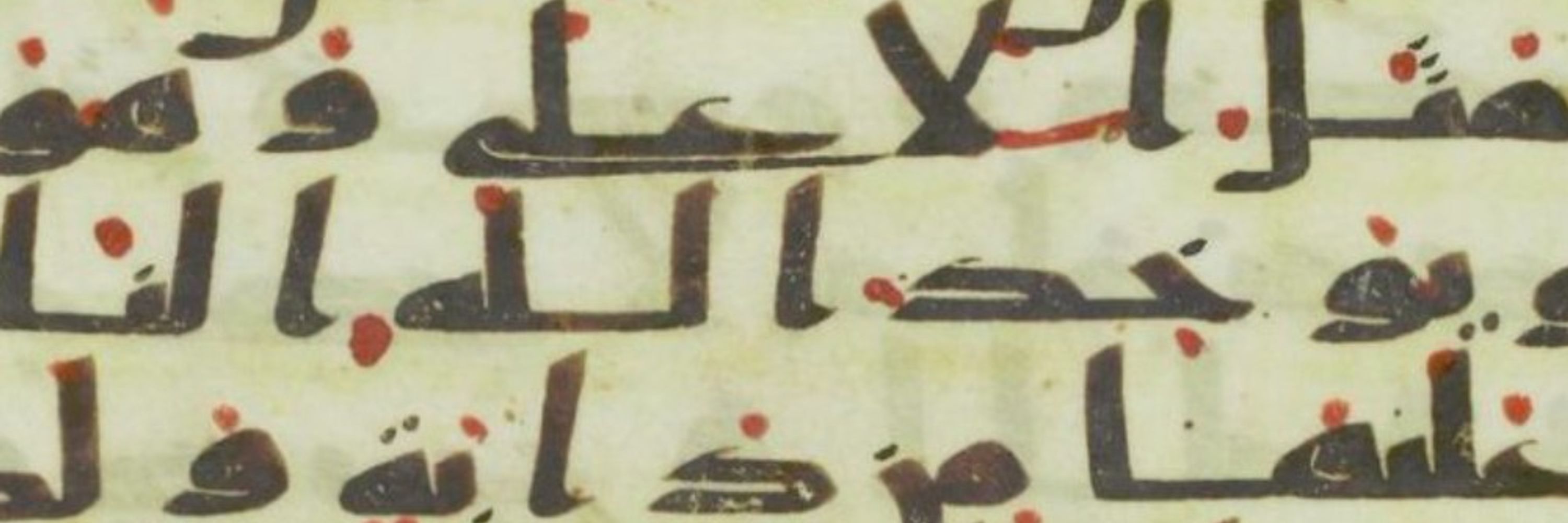Marijn van Putten
@phdnix.bsky.social
1.8K followers
150 following
660 posts
Historical Linguist; Working on Quranic Arabic and the linguistic history of Arabic and Tamazight. Game designer for Team18k
Posts
Media
Videos
Starter Packs
Reposted by Marijn van Putten
Reposted by Marijn van Putten
Reposted by Marijn van Putten





